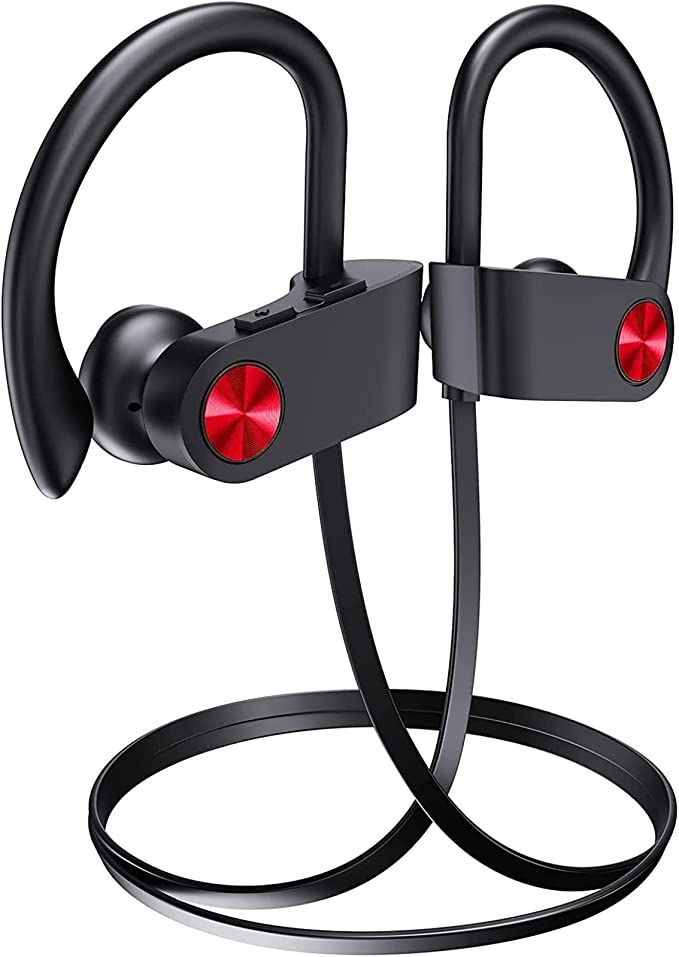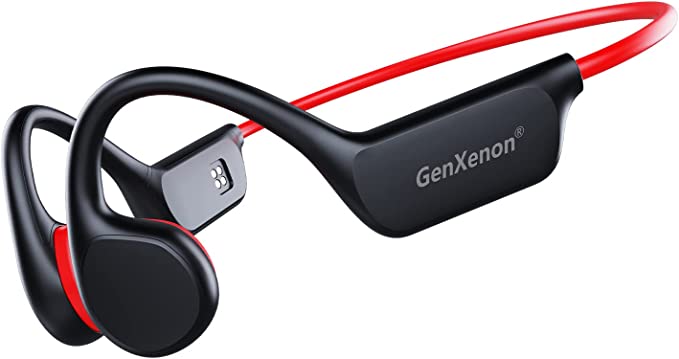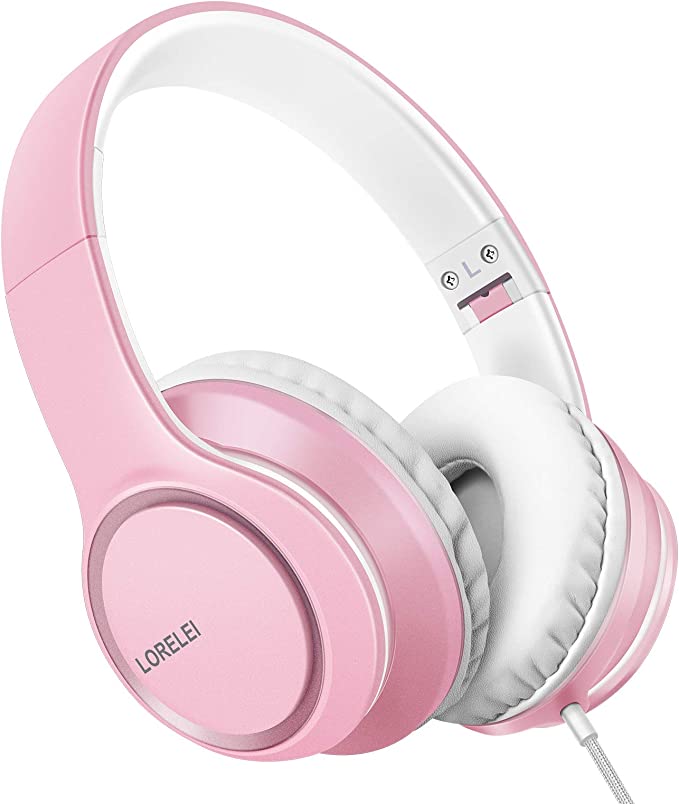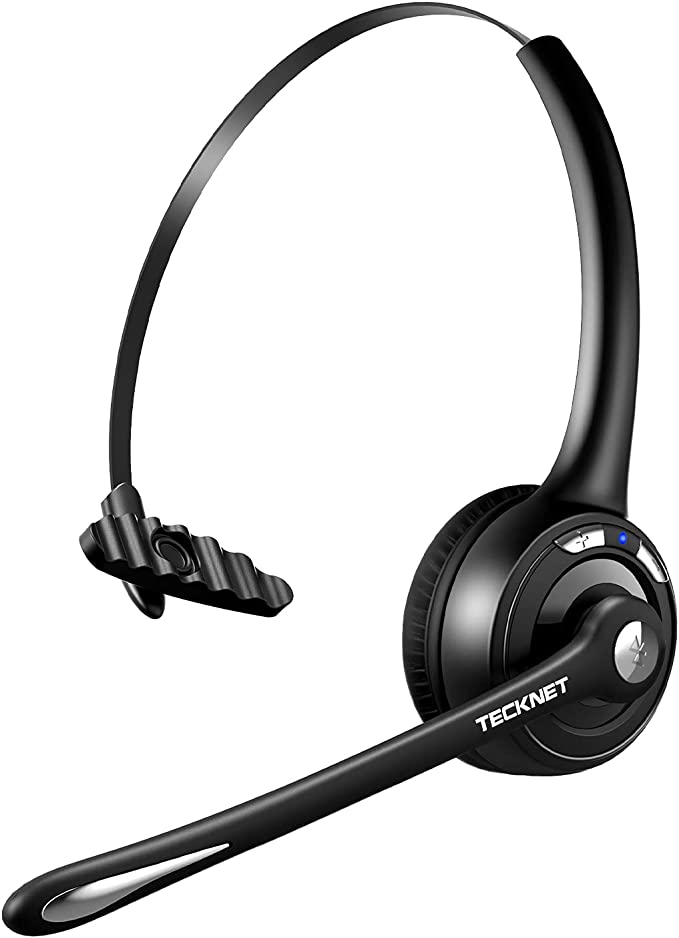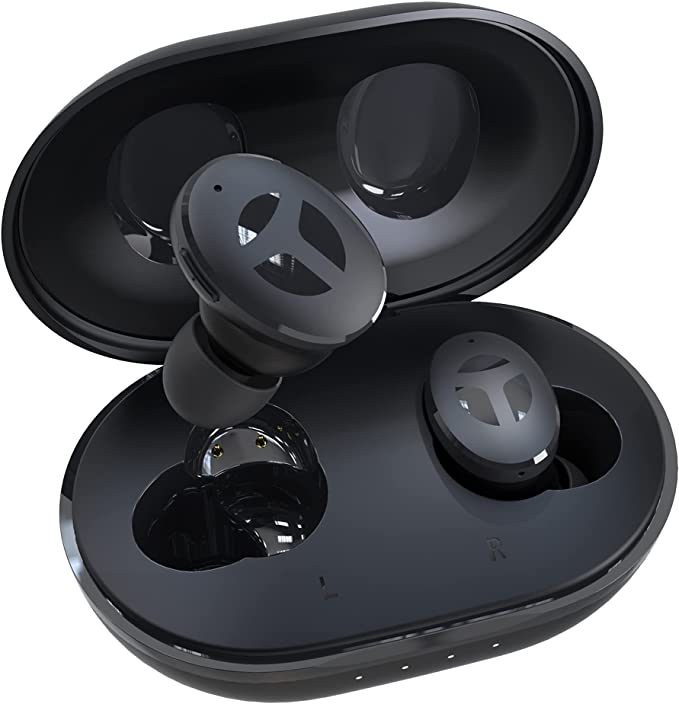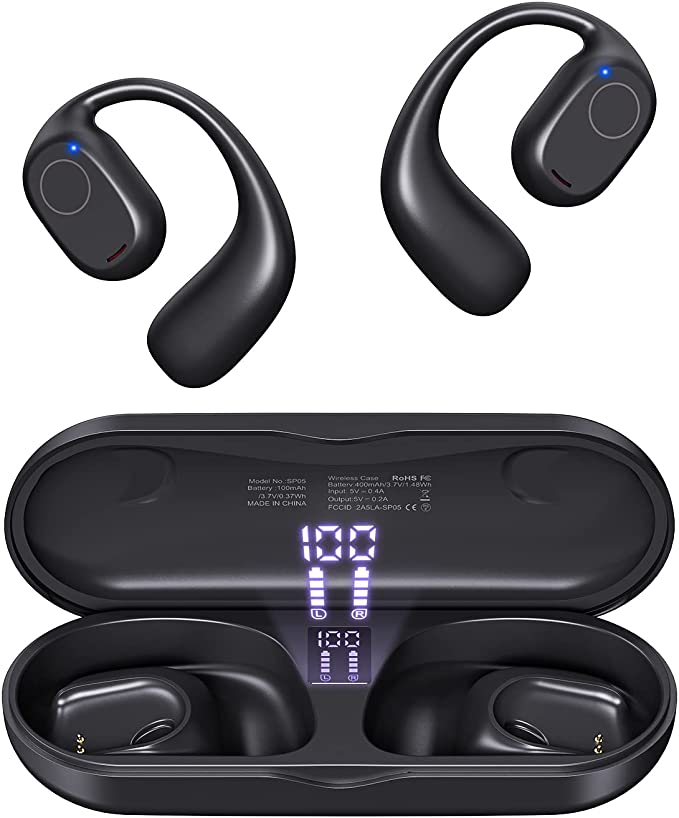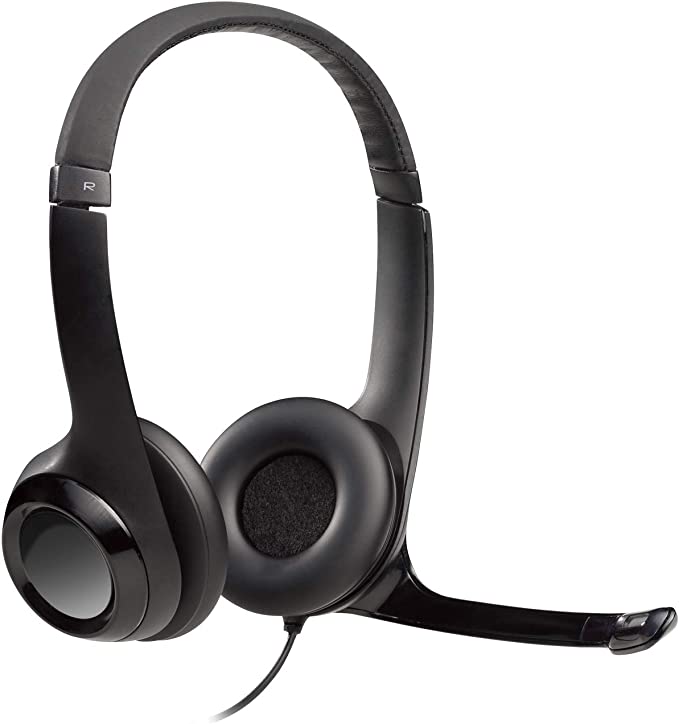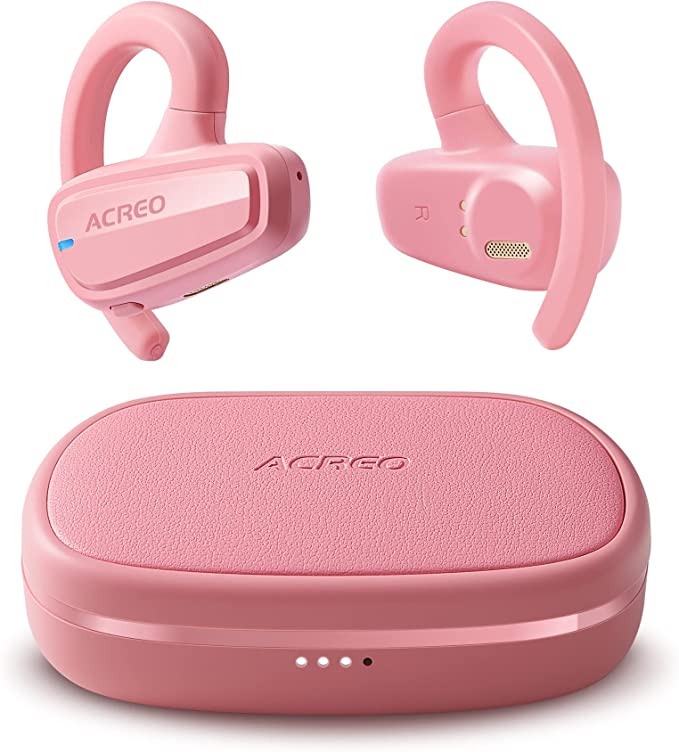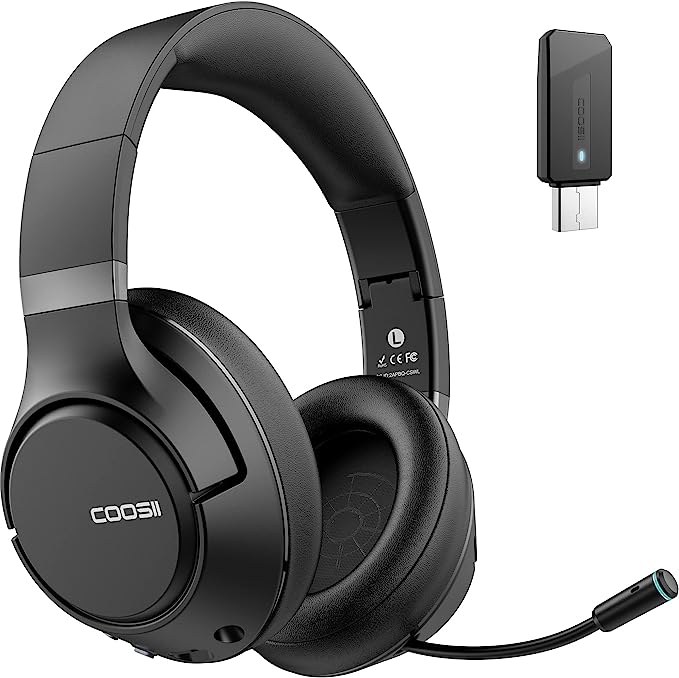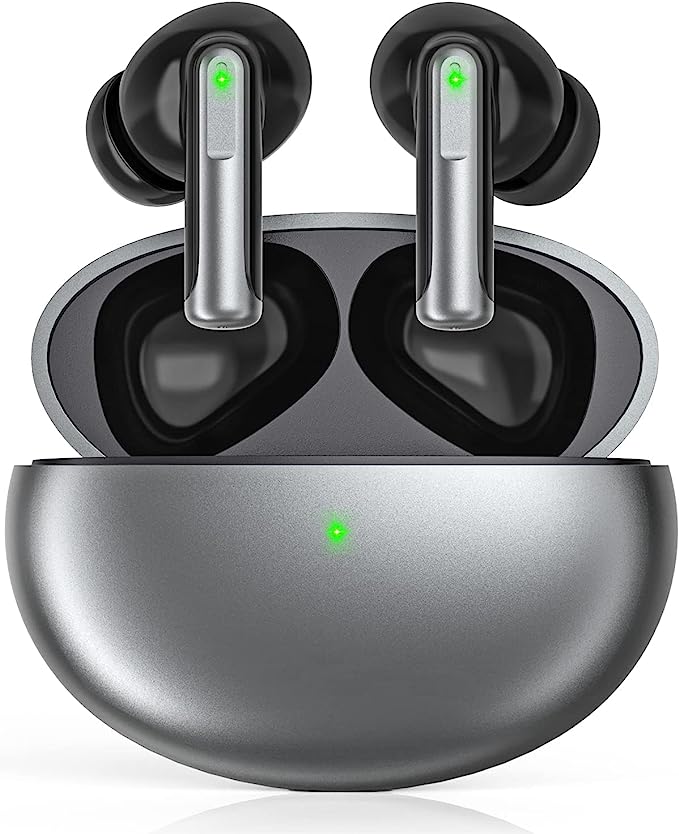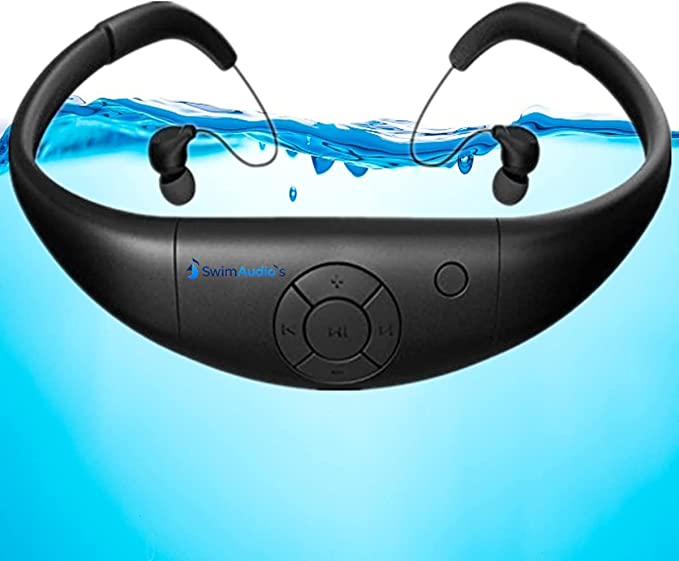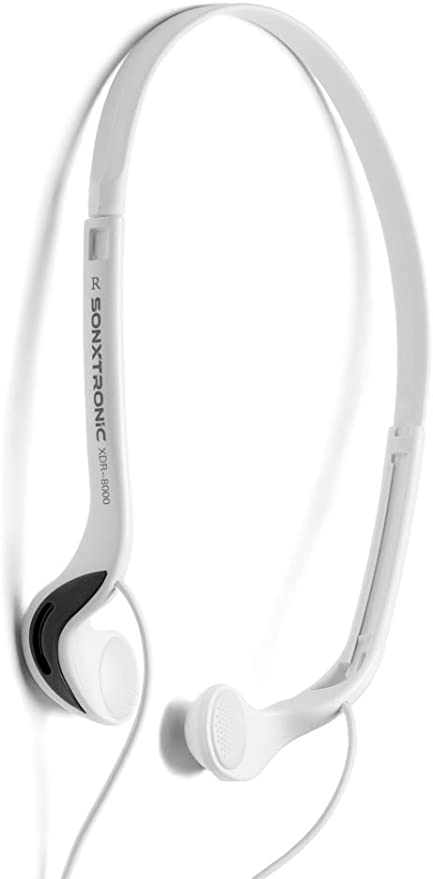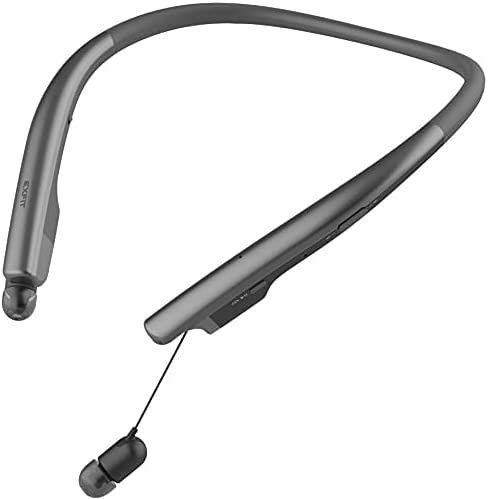Yamaha MusicCast Vinyl 500: The Science of Liberating Your Analog Soul
Update on Aug. 8, 2025, 3:44 p.m.
There’s a unique magic to vinyl. It’s a tangible connection to music, a deliberate ritual in an age of fleeting digital streams. It’s the satisfying weight of the record, the careful placement on the platter, and the gentle crackle before the first note. But this beautiful, physical medium has always lived inside a cage—a cage built of cables and proximity. The rich, warm sound of your favorite album was traditionally bound to one room, one amplifier, one set of speakers. What if you could unlock that cage and let that analog soul roam free throughout your home, without sacrificing an ounce of its character?
This is the compelling question answered by the Yamaha MusicCast Vinyl 500. It stands as more than just a turntable; it’s a sophisticated bridge between the cherished traditions of high-fidelity analog sound and the boundless possibilities of the modern wireless world. To truly understand its significance, we must journey through its design, from the mechanical heartbeat that spins the record to the digital pulse that carries its sound through the air.

The Mechanical Heartbeat: A Tale of Two Drives
At the core of any turntable is its drive system, the mechanism responsible for spinning the platter at a precise and unwavering speed. The world of turntables is primarily divided into two camps: direct drive and belt drive. The Vinyl 500 purposefully employs a belt-drive system, a choice deeply rooted in the pursuit of sonic purity.
In a direct-drive system, the platter sits directly on top of the motor’s spindle. This design offers high torque and quick start-up times, which is why it became the standard for DJ turntables. However, this direct connection can also be a sonic liability. The motor, by its very nature, produces subtle vibrations. In a direct-drive setup, these vibrations can travel directly up the spindle and into the platter, creating a low-frequency noise known as rumble, which the sensitive stylus can pick up and transmit as an unwanted, muddying sound.
The belt-drive system offers an elegant solution. It physically decouples the motor from the platter, connecting them with an elastic belt. This belt acts as a buffer, a shock absorber that effectively isolates the platter from the motor’s vibrations. The result is a significantly lower noise floor and a cleaner, blacker background from which the music can emerge. It’s a testament to a core Hi-Fi principle: what you don’t hear is just as important as what you do. The quiet, stable rotation provided by the die-cast aluminum platter and belt-drive system ensures that the stylus is free to read nothing but the music etched into the groove.

The Electrical Soul: Resurrecting the True Sound
Once the stylus traces the physical groove, the journey of the sound transitions from the mechanical to the electrical realm. The tiny moving magnet within the cartridge converts the vibrations into an electrical signal, but this signal is fragile and peculiar. It cannot simply be plugged into a standard amplifier. It requires a special stage of restoration, performed by a device called a phono preamplifier.
The Vinyl 500 has a high-quality phono preamp built directly into its circuitry, and its task is critical. Think of mastering an LP record like packing for a trip with a very small suitcase. To fit everything in, you have to make some adjustments. The bulky, space-consuming items (the powerful bass frequencies) are shrunk down, while the small, delicate items (the fragile treble frequencies) are packed in a reinforced box to protect them. This process, known as RIAA equalization, was standardized to allow for longer playing times and to reduce the audible effect of surface noise.
The phono preamp’s job is to perfectly unpack that suitcase. It applies an inverse RIAA curve, precisely boosting the bass and attenuating the treble to restore the music to its original, intended tonal balance. Without this crucial step, a record would sound thin, tinny, and lifeless. Acknowledging that audio enthusiasts may have their own prized external preamps, Yamaha brilliantly included a switch on the back. You can use the LINE OUT to engage the excellent internal preamp or, for the seasoned audiophile, select PHONO OUT to send the pure, untouched signal from the cartridge to a component of your own choosing. This small switch represents a bridge between plug-and-play convenience and true audiophile flexibility.
The Untethered Experience: Riding the Wi-Fi Wave
Herein lies the Vinyl 500’s most profound innovation: its ability to take that perfectly restored analog signal, convert it to a high-resolution digital stream, and set it free. While many turntables now offer Bluetooth, Yamaha made the conscious decision to build this device around a far more robust technology: Wi-Fi.
Comparing Bluetooth audio to Wi-Fi audio is like comparing a winding country road to a multi-lane superhighway. Bluetooth, using standard codecs like SBC and AAC, is a compressed, “lossy” format. It’s convenient, but it discards some of the audio data to save space, inevitably sacrificing fidelity. Wi-Fi, on the other hand, has vastly more bandwidth. This allows the Vinyl 500 to stream music using lossless formats like FLAC, WAV, and ALAC at resolutions up to 192kHz/24-bit—far exceeding CD quality. This means the digital stream that travels through your home network is a near-perfect replica of the analog signal, preserving its depth, dynamics, and detail.
This capability is harnessed by Yamaha’s MusicCast ecosystem, a powerful multi-room audio platform. Unlike a simple Bluetooth connection to a single speaker, MusicCast allows the Vinyl 500 to act as a source for your entire home. The record playing in your living room can be broadcast, in perfect sync, to a MusicCast speaker in the kitchen, a soundbar in the bedroom, and an AV receiver in the den. It’s the ultimate liberation: the singular, focused experience of vinyl, made universally accessible. Paired with support for AirPlay 2 and other streaming services, the turntable transforms from a solitary device into the versatile heart of a modern home audio system.

The Philosophy of Touch: The Enduring Ritual of Manual Play
In a world obsessed with automation, the Vinyl 500’s fully manual operation might seem like a curious omission. There is no button to start the record, no mechanism to automatically return the tonearm at the end. This, however, is not a flaw; it is a philosophy.
From an engineering standpoint, every automatic function adds complexity—gears, levers, and motors. Each of these components is a potential source of minute vibrations and electrical interference that can compromise the purity of the delicate audio signal. A manual design is, by definition, a more direct and unadulterated path from the stylus to the output.
But the significance runs deeper. The act of manually placing the needle on the record is the very essence of the vinyl ritual. It demands presence, focus, and a moment of quiet intention. It transforms listening from a passive background activity into an active, engaged experience. In an era of infinite, algorithm-driven playlists, this deliberate act of choosing and playing an album from start to finish fosters a more profound connection to the music and the artist. It is a form of “slow listening,” a mindful practice that the design of the Yamaha MusicCast Vinyl 500 actively encourages and respects.
Ultimately, this turntable is a statement. It declares that convenience and quality do not have to be mutually exclusive. It proves that the soul of an analog past cannot only survive in a digital future but can be amplified by it. It honors the intricate mechanics, the precise electronics, and the intimate human touch that make vinyl timeless, and then it gives that timeless sound the one thing it never had: the freedom to be everywhere.


